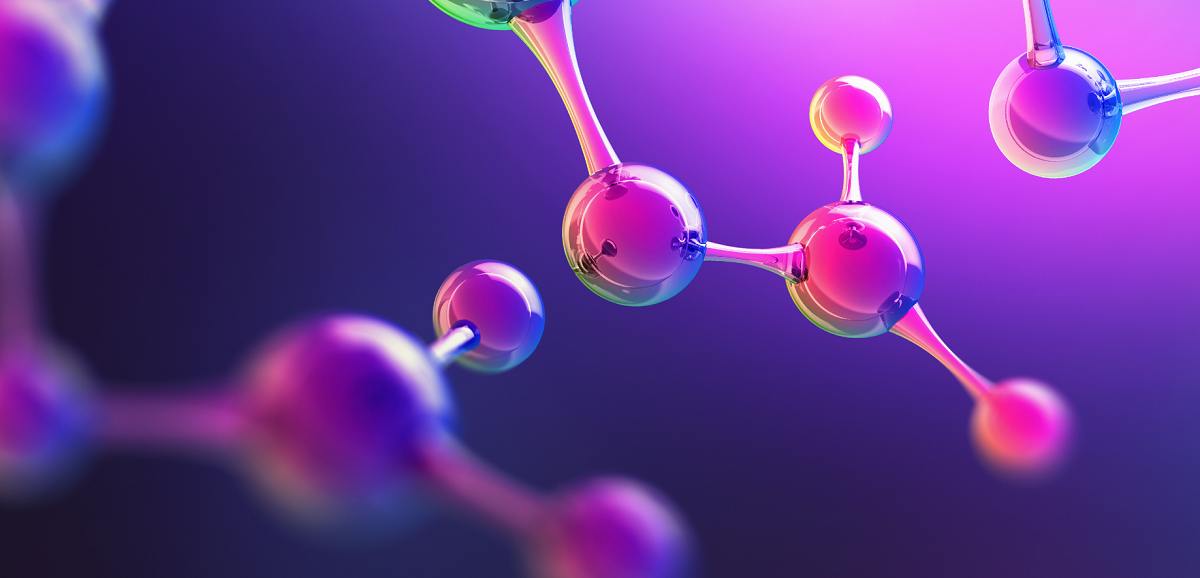Nov 02 2021
2 min read

Depending on a targeted olefins or aromatics production, two main pathways can be identified:
Maximizing the overall olefins yield is of utmost importance for the profitability of olefins complex: this is achieved through the pretreatment of feedstocks into the optimum composition allowing the highest yields.
The Hyvahl™ - HS-FCC™ combination perfectly fulfills this function.
Deep pretreatment of residues feedstock containing high levels of impurities is a challenge overcome using the Hyvahl™ technology and its patented Permutable Reactor Systems (PRS). It involves swing reactors known as Permutable Reactor System (PRS) that provides refiners extended cycles while adjusting the operating conditions and feedstocks continuously to maintain constant HS-FCC feed quality and maximized stream factor of the downstream RFCC / HS-FCC unit. This pretreatment removes metals from the residues processed, thus limiting the FCC catalyst consumption, and increases H/C ratio enabling to maximize propylene yield in HS-FCC™.
Using a novel down-flow reactor concept for both catalyst and feed flow, the high-severity HS-FCC™ process operates at high temperature and high C/O ratio resulting in competing thermal and catalytic cracking reactions. As thermal cracking is minimized by short residence time, and catalytic cracking is enhanced by the high catalyst to oil ratio, light olefins yields are reaching levels fully in line with CTC goal.
The Hyvahl™ - HS-FCC™ combination is used to maximize the overall olefins yield, thus improving the profitability of olefins complex.
Targeting naphtha production, the H-Oil® – HyK™ combination fully meets CTC objectives.
H-Oil® is an ebullated-bed based process technology with almost no limitations on residues. It is the technology of choice, demonstrating high conversion levels: the conversion of vacuum residue is set between 75 wt% and 95 wt%. Depending on the configuration scheme, as well as selectivity orientation, HyK™ high conversion hydrocracking technology will provide the feedstocks for mega petrochemicals complexes through naphtha production as well as middle distillates.
Additional conversion up to ultimate VR conversion is added to the H-Oil® unit thanks to Unconverted Oil from the H-Oil® processed in a Solvent DeAsphalting Unit (SDA) or FLEXICOKING™ unit.
A great number of the latest Crude-to-Chemicals projects worldwide are based on the ebullated-bed hydrocracker H-Oil® coupled with Diesel and VGO HyK™ technolologies.
Deploying the field-proven technologies, the H-Oil® – HyK™ – ParamaX® combination consists of the core component of the first crude-to-paraxylene complex.